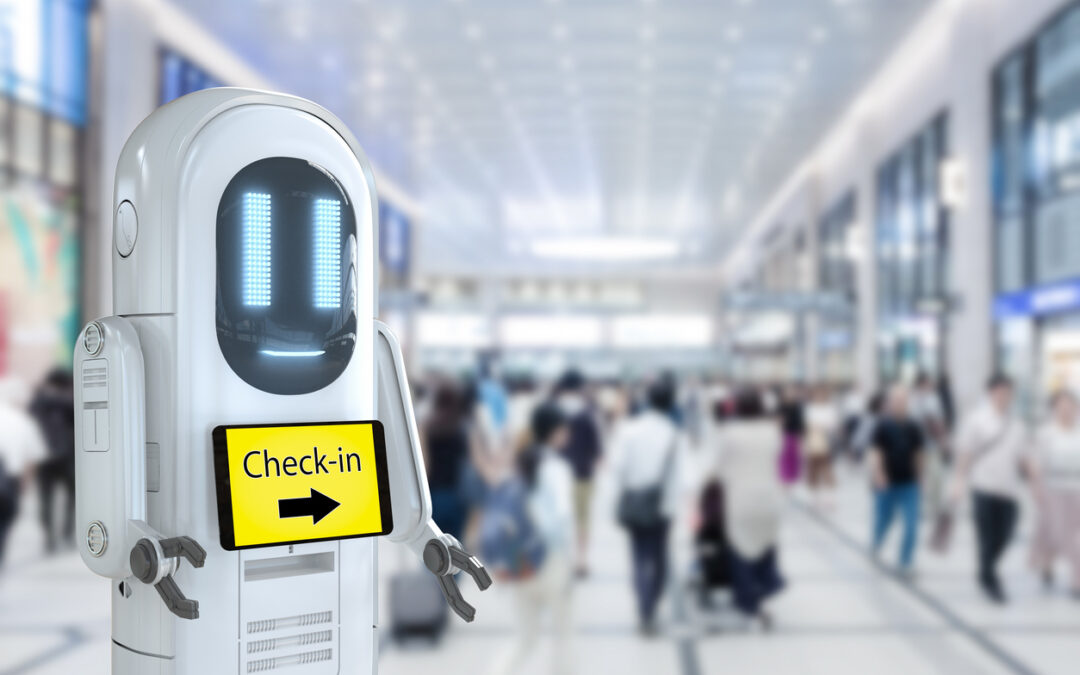As an aviation security specialist with over three decades of experience, I’ve observed firsthand the dynamic nature of airport security protocols. Since the events of 9/11, travelers have adapted to various procedures—removing shoes, limiting liquids, and undergoing detailed screenings. However, advancements in technology and a focus on enhancing passenger experience have led to significant changes in these protocols.
Transformation of Security Bins
Modern automated carry-on baggage screening systems are revolutionizing the use of security bins. These larger bins can accommodate items as sizable as a roller bag and feature automated return mechanisms, reducing manual handling by Transportation Security Administration (TSA) officers. While not all airports have implemented these systems, the trend is moving toward more efficient and passenger-friendly processes.
The Vision for Seamless Screening
The ultimate goal in aviation security is to develop a system where passengers can proceed through checkpoints without interruption—carrying their bags and being scanned simultaneously. Achieving this requires integrating carry-on baggage screening with passenger screening technologies, a complex challenge that the industry continues to address.
Impact of TSA PreCheck
The expansion of TSA PreCheck has altered queue dynamics at checkpoints. Although these lanes may appear longer, they typically facilitate quicker passage due to streamlined procedures, such as the use of traditional metal detectors instead of advanced imaging technology.
Advancements in Screening Technology
The introduction of Computed Tomography (CT) scanners allows passengers in certain lanes to keep shoes on and leave liquids and laptops in their bags. These medical-grade scanners provide detailed, three-dimensional images, enhancing the TSA’s ability to assess carry-on items accurately. Future developments in artificial intelligence may improve detection capabilities (which are already quite high) resulting in less bags having to be physically inspected.
Evolution of Body Scanners
Transitioning from enclosed “telephone booth” Millimeter Wave imaging models (does anyone remember what a telephone booth is anymore?) to open MMW imaging systems continues to expedite the screening process and improved passenger comfort. These advancements have also led to a reduction in the need for physical pat-downs.
Biometric Identification Integration
The incorporation of biometric identification at checkpoints is streamlining the verification process. Passengers can now be identified quickly and accurately, reducing the need for manual boarding pass inspections and enhancing overall security efficiency.
Enhanced Passenger Assistance
In recent years, TSA personnel have become more proactive in assisting passengers during the divestiture process. This hands-on approach has contributed to quicker lines and a more straightforward experience for travelers.
The landscape of airport security is continually evolving, driven by technological innovations and a commitment to improving the passenger experience. As these advancements are implemented, travelers can anticipate a more seamless and efficient journey through airport checkpoints.

